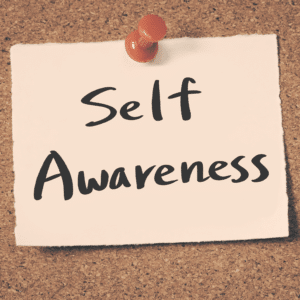Introducción
As teachers, we know the value of setting goals for the students in our class. We want them to be able to set goals for themselves and others, as well, because it helps them identify strengths and weaknesses—both their own and others’. By setting goals, students can also help motivate themselves when they need it most: when goals are difficult to achieve or need more time than expected. Students will also learn how to set effective targets with realistic timelines and actionable plans that take into account their other commitments (such as sports teams) throughout the school year.
Goals help students meet their potential.
If you’re like me, you want your students to succeed. You want them to reach their full potential and achieve things they never thought possible. You want them to be happy and healthy in a world that’s constantly telling us we need more money or more fame or more stuff.
As teachers and parents, we can help our kids by setting goals for them–and then helping them achieve those goals! Goals help students set direction and focus their efforts on specific outcomes instead of aimlessly drifting through life without any idea where they’re going or what they want from life (which seems like such an easy trap for young people).
Goals can also be motivating because once we have something concrete in mind, it becomes easier for us to take action toward reaching that goal than if we don’t have anything specific in mind at all
Goals help students set direction and focus.
Setting goals is an important part of the learning process. Without them, students can get lost in the sea of information they’re exposed to every day and lose sight of what they want their education and future careers to look like. Goals help students set direction and focus, stay on track when things get tough, stay motivated during challenging periods, and make decisions that align with their values.
Goals can be motivating.
Motivation is an important part of achieving goals. When students are motivated to do something, they tend to do it better and more often. For example, if you have a goal of getting good grades in school, motivation could make all the difference between finishing that term paper on time or procrastinating until the last minute and then having to spend hours working on it at 2 in the morning before class starts!
Motivating goals can take many forms:
- Rewards or punishments (e.g., “If I get an A on my math test this week, I’ll go out with my friends this weekend.”).
- Personal values (e.g., “I want everyone around me to be proud of me”).
- Long-term rewards (e.g., “When I’m older than 50 years old and retired from my job as an accountant for a big company like Google or Apple…”).
Setting goals helps students acknowledge strengths and weaknesses, both their own and those of others.
Setting goals helps students acknowledge strengths and weaknesses, both their own and those of others.
Students should set goals for themselves, as well as for others to achieve. This way, students can measure how well they are doing at achieving the goal and how close they are to completing it. This will allow them to adjust their efforts accordingly so that they do not waste time on tasks that don’t lead anywhere or do not help them reach their ultimate destination in life.
Students can set goals for themselves and others to achieve.
You can also use the S.M.A.R.T method to set goals for yourself and others to achieve. This is especially useful when you want your students to set goals for each other, like in a group project or an assignment where they need to collaborate with their classmates on something together.
- Specific: It should be clear what exactly the goal is, so that everyone knows what they’re working towards and has no trouble understanding it (and no confusion). It should also be specific enough that it won’t change over time–if possible, try writing down exactly what will happen once the goal has been achieved (e.g., if I do X thing by this date) so there’s less room for error!
- Measurable: You’ll know whether or not your goal was successful based on how much progress has been made towards achieving it; therefore it’s important that there are clear metrics by which success can be measured against failure (this could include things like how many steps toward reaching the end result were taken). For example: “I want my son/daughter/student/friend Bobbie Sue Jones Jr./Jr., age 13 years old today at precisely 11:01 AM Eastern Standard Time Zone (EST), who currently lives at 123 Main Street Apt B4C Lexington Kentucky 40507 USA but plans on moving into another state within two years due westward into California sometime around 2020 CE.”
Students need to have specific goals that push them toward their full potential.
It’s important that students set goals for themselves that push them toward their full potential. Goals can be short-term or long-term, but they should always be specific, measurable and achievable. A goal should also be realistic–if you don’t think you can achieve it, then don’t set it! Finally, make sure your goals are positive; studies have shown that this will help students achieve success in school and beyond!
Conclusión
We hope you enjoyed this blog post and found it helpful. If you’re looking for more information on setting goals, check out our other posts!









